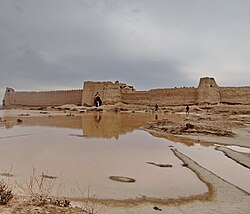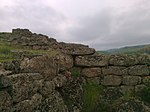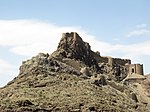
The Shahnameh or Shahnama is a long epic poem written by the Persian poet Ferdowsi between c. 977 and 1010 CE and is the national epic of Greater Iran. Consisting of some 50,000 "distichs" or couplets, the Shahnameh is one of the world's longest epic poems. It tells mainly the mythical and to some extent the historical past of the Persian Empire from the creation of the world until the Muslim conquest in the seventh century. Iran, Azerbaijan, Afghanistan, Tajikistan and the greater region influenced by Persian culture such as Armenia, Dagestan, Georgia, Turkey, Turkmenistan and Uzbekistan celebrate this national epic.

Sistan and Baluchestan Province is the second largest province of the 31 provinces of Iran, after Kerman province. It is in the southeast of the country, bordering Pakistan and Afghanistan, and its capital is Zahedan. The province has an area of 180,726 km2 and a population of 2.78 million.

The Saffarid dynasty was a Persianate dynasty of eastern Iranian origin that ruled over parts of Persia, Greater Khorasan, and eastern Makran from 861 to 1003. One of the first indigenous Persian dynasties to emerge after the Islamic conquest, the Saffarid dynasty was part of the Iranian Intermezzo. The dynasty's founder was Ya'qub bin Laith as-Saffar, who was born in 840 in a small town called Karnin (Qarnin), which was located east of Zaranj and west of Bost, in what is now Afghanistan. A native of Sistan and a local ayyār, Ya'qub worked as a coppersmith (ṣaffār) before becoming a warlord. He seized control of the Sistan region and began conquering most of Iran and Afghanistan, as well as parts of Pakistan, Tajikistan and Uzbekistan.

Rostam or Rustam is a legendary hero in Persian mythology, the son of Zāl and Rudaba, whose life and work was immortalized by the 10th-century Persian poet Ferdowsi in the Shahnameh, or Epic of Kings, which contains pre-Islamic Iranian folklore and history. However, the roots of the narrative date much earlier.

Zāl, alternatively spelled as Zaal, is a legendary Iranian king from Sistan, and is recognized as one of the greatest warriors of the Shahnameh epic. He is the father of the equally legendary Iranian hero, Rostam.

Sakastan was a Sasanian province in Late Antiquity, that lay within the kust of Nemroz. The province bordered Kirman in the west, Spahan in the north west, Kushanshahr in the north east, and Turan in the south east. The governor of the province held the title of marzban. The governor also held the title of "Sakanshah" until the title was abolished in ca. 459/60.
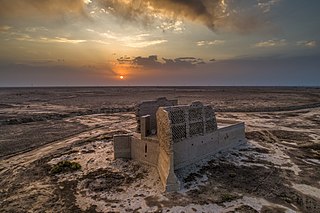
Sistān, known in ancient times as Sakastān, is a historical and geographical region in present-day Eastern Iran and Southern Afghanistan. Largely desert, the region is bisected by the Helmand River, the largest river in Afghanistan, which empties into the Hamun Lake that forms part of the border between the two countries.

Sudabeh or Sodaba is a character in the Persian epic Shahnameh. She was princess of Hamavaran kingdom and later, becomes the wife of Kay Kāvus, King of Iran, and stepmother to prince Siyavash.

Mount Khwaja or Mount Khwajeh is a flat-topped black basalt hill rising up as an island in the middle of Lake Hamun, in the Iranian province of Sistan and Baluchestan.

Sistani Persians are a Persian ethnic group, who primarily inhabit Sistan in southeastern Iran and historically southwestern Afghanistan as well. Their descendants in Afghanistan are primarily the Pashtun tribe of the Sakzai who are the largest ethnicity in the Southwestern parts of Afghanistan.
The Borzu Nama is a Persian epic poem of about 65,000 couplets recounting the exploits and adventures of the legendary hero Borzu, son of Sohrab and grandson of Rostam.

Farrukh Hormizd or Farrokh Hormizd, also known as Hormizd V, was an Iranian prince, who was one of the leading figures in Sasanian Iran in the early 7th-century. He served as the military commander (spahbed) of northern Iran. He later came in conflict with the Iranian nobility, "dividing the resources of the country". He was later killed by Siyavakhsh in a palace plot on the orders of Azarmidokht after he proposed to her in an attempt to usurp the Sasanian throne. He had two children, Rostam Farrokhzad and Farrukhzad.
Rostam Bazar Nalant is a village in Bahu Kalat Rural District, Dashtiari District, Chabahar County, Sistan and Baluchestan Province, Iran. At the 2006 census, its population was 131, in 44 families.
Gholam Rostam is a village in Margan Rural District, in the Central District of Hirmand County, Sistan and Baluchestan Province, Iran. At the 2006 census, its population was 115, in 25 families.

Some of the lands dominated by the ancient Persian dynasties yet carry Rostami name as proclaimed the influencers of that region, village or district in the past however such regional influencers totally lost their authority after the fall of the Qajars and post World War modernization.
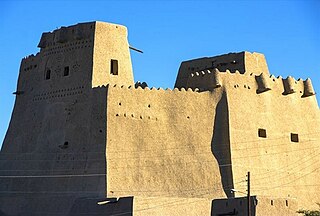
Sib and Suran Castle is a castle in Sib and Suran County in Sistan and Baluchestan Province, and is one of the attractions of Sib and Suran County. This castle was built by the Qajar dynasty.
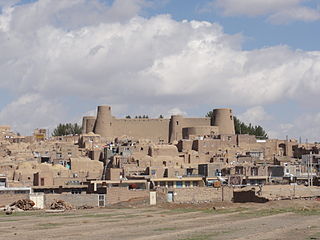
Birjand Castle is a castle in Birjand, and is one of the attractions of Birjand County. This castle was built by the Safavid dynasty-Qajar dynasty.
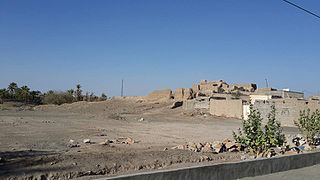
Heriduk castle is a historical castle located in Nik Shahr County in Sistan and Baluchestan Province, The longevity of this fortress dates back to the Qajar dynasty.
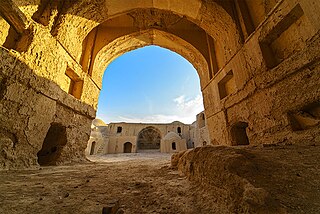
Machi castle is a historical castle located in Hamun County in Sistan and Baluchestan Province, The longevity of this fortress dates back to the Safavid dynasty.
Sarbaz castle is a historical castle located in Sarbaz County in Sistan and Baluchestan Province, The longevity of this fortress dates back to the Qajar dynasty.
